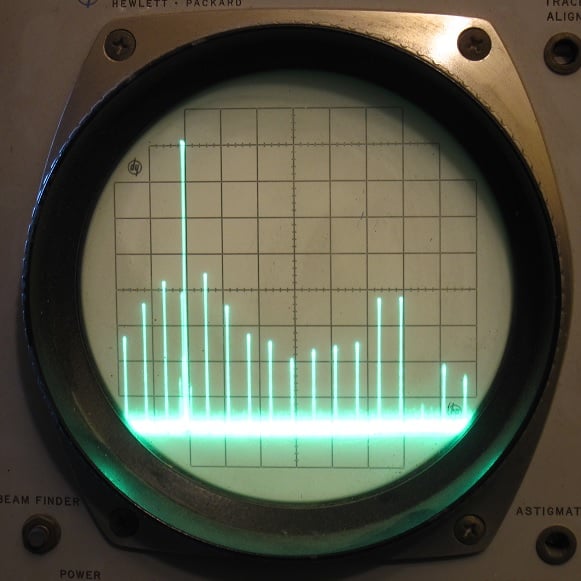

It is a somewhat old-fashioned choice these days, but Arctic Silver 5 paste is still my go-to. It is very thick and not prone to pump-out or dry-out. I have systems that I have taken apart where the paste was still tacky a good 5-6 years later. I think some modern pastes are a degree or two cooler, but for a 15W U-series CPU I do not think that is as much of a concern.
Most tutorials online will be for desktop CPUs and will tell you to put a pea-sized bead in the center and press down, but this is more suitable for desktop CPUs with an integrated heat spreader and not laptop CPUs, which are typically direct die application and would probably either leave a ton of excess paste from a pea-sized dot, or risk an exposed corner for a smaller dot.
For direct die, I would suggest spreading an even layer of paste from edge to edge of the die using the edge of an old credit card or the like. You want to avoid stirring up the paste too much in order to avoid introducing air bubbles which could cause localized hot spots on the die.
Depending on what your definition of “decent” is, I think you may be disappointed. The cutoff for support is around 8th gen intel and AMD 3000-series from circa 2017-2018. Even my old 2017 laptop with a quad-core i5-8250U is supported.
Unless there are specific recent CPU models which are not supported, I think the majority of the unsupported laptops are going to be decade-old 6th and 7th gen or 1000/2000-series machines. These machines already go for fairly low prices on the used market.